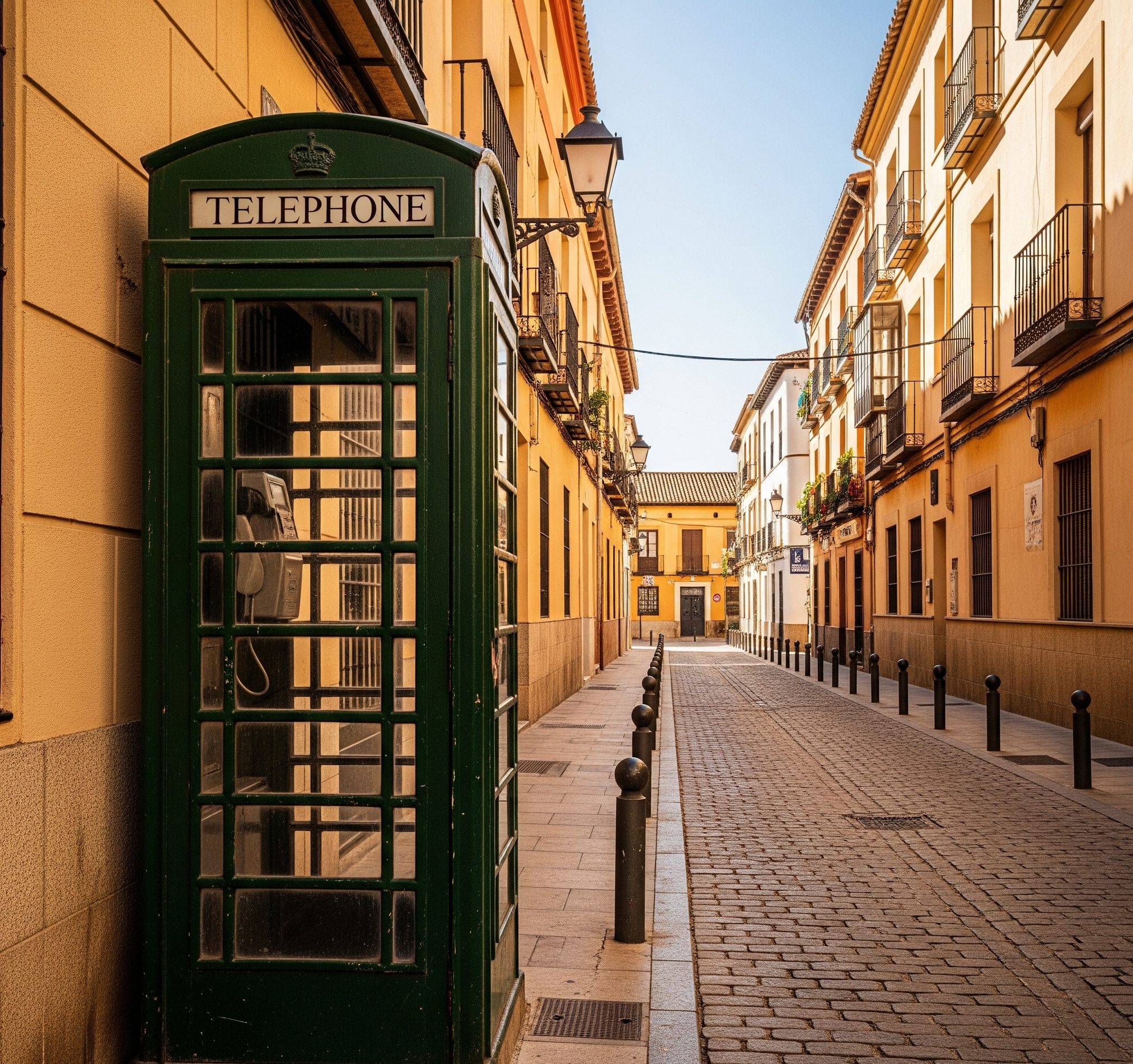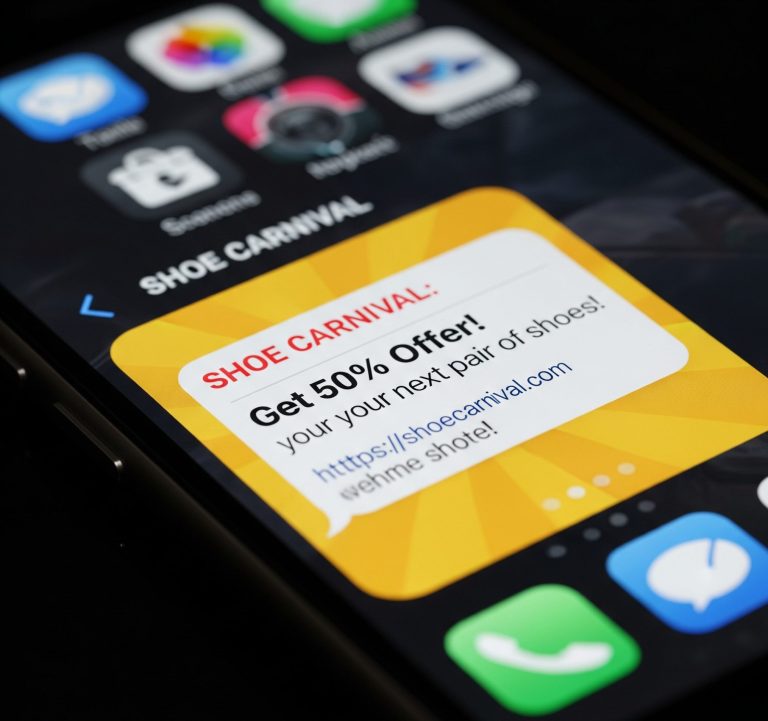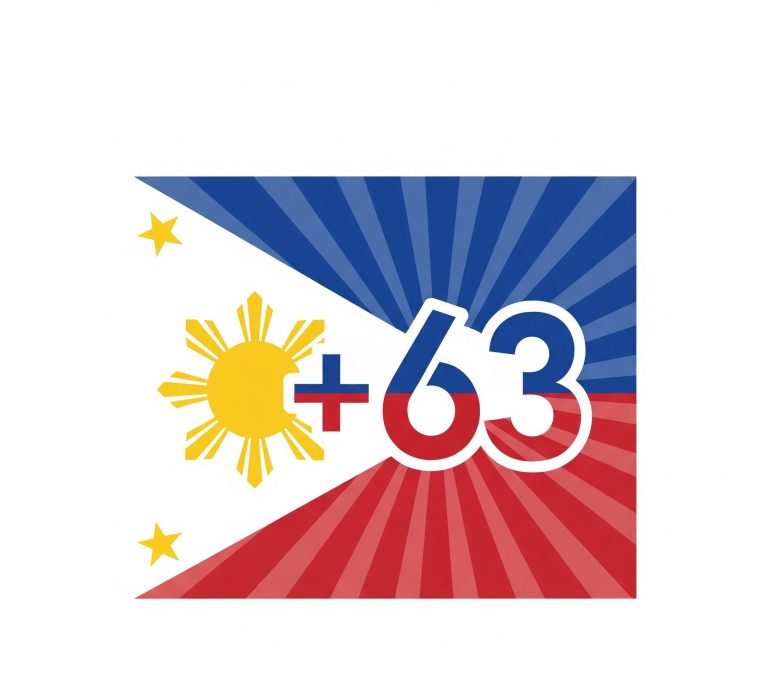In an age where our phones are a constant connection to the world, a call from an unfamiliar number can spark curiosity, and sometimes, concern. If you’ve recently seen a call from a 926 phone number, you’re right to be cautious. This article will delve into what a 926 phone number is, why you might be receiving a call from one, and how to protect yourself in the ever-evolving landscape of telecommunication.
Contents
Understanding Area Codes in the United States
The backbone of the American telephone system is the North American Numbering Plan (NANP). This system, which includes the United States, Canada, and parts of the Caribbean, uses three-digit area codes to designate specific geographic regions. A phone number, complete with its area code, acts as a virtual address, routing calls to the correct location.
As the population has grown and the demand for phone lines—both landline and mobile—has exploded, the NANP has had to adapt. This has led to the introduction of new area codes through two primary methods: area code splits and overlays. In a split, a geographic region is divided, and one part receives a new area code. An overlay, which is now more common, introduces a new area code to the same geographic area as an existing one, requiring all local calls to be dialed with the area code. This constant evolution means that new area codes are periodically put into service to meet demand.
The Truth About the 926 Area Code
Here is the critical piece of information for anyone seeing a 926 phone number on their caller ID: the 926 area code is currently unassigned in the North American Numbering Plan. This means there are no legitimate phone numbers issued with this area code in the United States or its territories.
If you receive a call from a 926 phone number, it is not coming from a specific city or state. Instead, the number is being “spoofed.” Caller ID spoofing is a technology that allows the caller to manipulate the information that appears on your caller ID display. Scammers use this to their advantage for a variety of reasons, including to mask their true location, which is often outside of the United States, and to trick you into answering the phone.
Why Would Someone Spoof a 926 Phone Number?
The use of an unassigned area code like 926 is a deliberate tactic by those engaged in fraudulent or unsolicited calls. By using a number that has no legitimate origin, they can operate with a higher degree of anonymity. This makes it more difficult for consumers and law enforcement to trace the call back to its source.
One of the most common scams associated with spoofed numbers, including a fabricated 926 phone number, is the “one-ring” or “Wangiri” scam. The term “Wangiri” is Japanese for “one and cut.” In this scheme, the scammer programs an autodialer to call a massive list of phone numbers, ringing only once before hanging up.
The goal is to pique the recipient’s curiosity. Many people, upon seeing a missed call, will instinctively call the number back. If you call back a spoofed number associated with a one-ring scam, you are often connected to a premium-rate international number, similar to a 1-900 number in the U.S. The longer you stay on the line, the more money the scammer makes. You may be put on hold, listen to music, or hear a long recorded message—all designed to keep you connected and racking up charges. These charges will then appear on your next phone bill.

Other Scams Using Spoofed and Unassigned Numbers
Beyond the one-ring scam, a spoofed 926 phone number can be a gateway to a host of other fraudulent activities:
- Robocall Scams: These automated calls can deliver pre-recorded messages pitching anything from fake car warranties and dubious debt relief services to fraudulent IRS threats.
- Phishing Scams: A live person may call from what appears to be a 926 phone number and attempt to trick you into revealing personal information, such as your Social Security number, bank account details, or passwords. They may impersonate a representative from your bank, a government agency, or a well-known company.
- Tech Support Scams: The caller may claim to be from a major tech company like Microsoft or Apple and inform you that your computer has been compromised. Their goal is to gain remote access to your device and either steal your information or charge you for unnecessary and fake technical support.
How to Protect Yourself from Phone Scams
The good news is that you can take several proactive steps to protect yourself from scams originating from a 926 phone number or any other suspicious number.
- Do Not Answer Unknown Numbers: If a call comes in from a number you don’t recognize, including any 926 phone number, it is always safest to let it go to voicemail. A legitimate caller will leave a message. Scammers rarely do.
- Never Call Back a Suspicious Number: Resist the urge to call back a number you don’t know, especially if it only rang once. This is the primary way the one-ring scam succeeds.
- Block Suspicious Numbers: Both iPhones and Android devices have built-in features that allow you to block specific phone numbers. While scammers often switch numbers, blocking the ones they use to contact you can reduce the frequency of unwanted calls.
- Utilize Carrier and Third-Party Blocking Tools: Most major mobile carriers offer services and apps that can help identify and block spam calls. There are also reputable third-party apps available that can provide an additional layer of protection.
- Report Scam Calls: You can and should report unwanted and fraudulent calls to the Federal Trade Commission (FTC) at donotcall.gov and the Federal Communications Commission (FCC) at fcc.gov/complaints. Your reports provide valuable data that helps law enforcement track and combat these illegal operations.
- Trust Your Instincts: If a caller creates a sense of extreme urgency, threatens you, or asks for personal or financial information, it’s a major red flag. Legitimate organizations will not operate in this manner. Hang up immediately.
The Future of Phone Numbering and Scams
The reality of modern telecommunications is a constant cat-and-mouse game between regulators and those who seek to exploit the system. As technology evolves, so too will the methods of scammers. However, by staying informed and adopting safe phone habits, you can significantly reduce your risk of becoming a victim.
conclusion
The story of the 926 phone number serves as a powerful reminder of the importance of vigilance. In this case, knowledge is your best defense. Understanding that this is not a legitimate U.S. area code immediately transforms a seemingly innocuous call into a clear warning sign. By treating any call from a 926 phone number with the suspicion it deserves, you are taking a crucial step in safeguarding your personal information and your finances.







